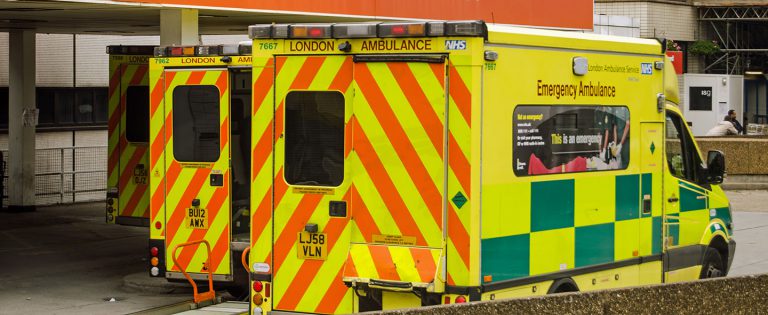
During the first six weeks of last winter, on average 70% of hospitals had a bed occupancy level over 92% – an extreme level of demand that put tremendous pressure on NHS services.
NHS Improvement and NHS England have recommended that occupancy should be kept below 92% to support patient flow through hospitals this winter. So the key question now is: what needs to be done to stabilise the NHS and ensure that last winter’s “crisis” does not recur?
One of the focuses is on prevention and giving people the information and support they need to manage their own health better. Communications campaigns can play a key role in helping more people stay well in winter and avoid the need for acute care services – especially visits to A&E.
So what does this mean for your comms strategy and tactics right now? How could your comms help alleviate the pressure on our NHS this winter? What digital tools or software do you need?
Here are just some of the ways your organisation could use communications now to help reduce pressure on the NHS this winter.
Note: to meet any these objectives you will need a range of compelling content and the channels to share it with the right people at the right time. At a minimum, you’ll need a secure email marketing platform that allows people to subscribe to programmes and services of their choice (for targeted and one-to-many messaging), and social media contact points. Using these channels, you can then drive people to more info or to access the opportunity you’re promoting on your website / someone else’s.
Lead more people to get their free flu jab in readiness for winter. Deliver engagement campaigns targeting staff, patients, and other eligible members of the public and monitor the take-up of the service.
Educate more people on the importance of staying warm inside and outside their home, and encourage people to look out for their neighbours. Really think about your content strategy here and consider drip feeding the right messages to the right people at the right time via planned email newsletter campaigns.
90% of the population has internet access at home and 78% has a smartphone. More and more “silver surfers” are learning basic digital skills which means you could be using email and text messaging to signpost people to your online health services. If they can self-serve online, you’ll help reduce the need for calls or face-to-face appointments.
Encourage more people to seek advice from a pharmacist at the first sign of illness, rather than letting problems escalate – which leads to more costly remedial action. Your comms could also remind people to collect repeat prescriptions before Christmas closures.
Keep hammering home which health service should be used for which purpose. Continue to educate the public, businesses and staff on when they should use a pharmacy, GP, NHS 111, 999 and A&E. Comms teams within NHS acute and ambulance trusts, and CCGs could really lead the way on this.
Taking care not to discourage correct use of 999 and A&E, do let people know when services are super-busy and direct people to the right service for their needs. For example, if A&Es are dealing with vomiting bugs, encourage people to take care of themselves at home – and let them know how. To keep your messaging relevant and timely, stay in touch with other health services and respond accordingly. A coordinated approach will require B2B, B2C comms and B2E (E for employee) comms – for example, do set up different email updates for each audience.
Winter can be a tough time both mentally and physically. Helping people to maintain their physical health – especially in a community environment like a local Parkrun – can help improve mental health too.
Send 1:1 timely email or text message reminders to help reduce the number of missed appointments. The sooner someone gets help, the less of a “burden” they’ll be on health services later down the line.
Did you know content posted by employees has five times the potential collective reach of official social media channels and is more trusted – with 84% of people valuing information from people they know above all other forms of communication? Keep them informed, promote well-being opportunities, empower them to share opportunities, and you’ll give them a chance to be advocates of your programmes and services among their own social networks.
To be successful in helping your staff and the public stay well this winter, it is essential you have the right tools and solutions for the job. Although budgets and resources are tight, investing in a proper digital engagement platform – which enables you to reach, engage and sustain the interest of the right people, through email marketing, text messaging and social media – will help you deliver clear returns-on-investment.
Make use of the marketing automation and audience segmentation capabilities too, available with platforms like govDelivery by Granicus, and you’ll make significant cost and time savings.
It is imperative that you take the time now to prepare people for winter and provide the winter communications they need to stay healthy over the next few months. Thanks to this kind of early intervention comms, you’ll help reduce demand during the NHS’s busiest period. And, the resulting cost savings will pay for any investment in the right digital platform/s several times over.